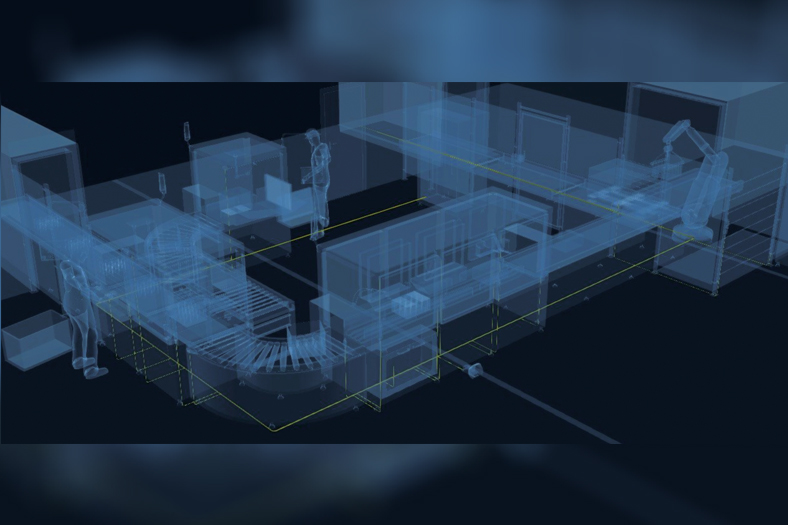Energy Audit: A Cost Saving Tool for Industries
March 13, 2018 12:22 pm
This article explains why Energy Audit tool is important for all industrial and commercial establishments.
Background
The major commercial energy consuming sectors in India are classified as shown in the figure. Industry remains the biggest consumer of commercial energy and its share in overall consumption is 49 per cent.
There lies a huge potential for energy saving in industry sector. Investing in energy-efficiency technologies helps cut energy bills, manufacturing costs and carbon emissions, new equipment often brings productivity and capacity improvements as an added bonus, improving business performance and competitiveness.
Energy Management
Energy Audit is the key to a systematic approach for decision-making in the area of energy management. It attempts to balance the total energy inputs with its use, and serves to identify all the energy streams in a facility. It quantifies energy usage according to its discrete functions.
In an industry orcommercial buildings, one of the major contributors of operating expenses is energy cost. Thus,energy management function constitutes a strategic area for cost reduction.
Energy Audit will help to understand more about the ways energy and fuel are used in any industry, and help in identifying the areas where waste can occur and where scope for improvement exists.The primary objective of Energy Audit is to determine ways to reduce energy consumption per unit of product output or to lower operating costs. Energy Audit provides a “benchmark” (reference point) for managing energy in the organisation and also provides the basis for planning a more effective use of energy throughout the organisation.
Benefits
• Energy cost reduction possible up to 7 – 10 per cent by implementing the recommended measures without investment.
• Energy cost reduction possible up to 10- 15 per cent by implementing the recommended measures with investment.
• Reduce CO2 orGHG and other emissions, maintains the sustainable development.
• Reduce energy imports and improves energy security of nation.
• Finding ways for alternate energy sources.
Types of Energy Audits
The function, depth to which audit is needed and potential & magnitude of cost reduction desired will decide the type of audit.
• Preliminary audit: This audit is relative quick exercise to establish energy consumption and estimate the scope for saving. (For example walk through of complete Industry)
• Targeted audit: This audit aims at the specific area of concern for energy saving. (Detail Audit of any one process/ Utility)
• Detailed audit: This is a comprehensive audit, which provides a detailed energy project implementation plan since it evaluates all major energy using systems. It offers the most accurate estimate of energy savings and cost.
Case study
In an auto component manufacturing industry, the Pareto chart was exercised to analyze the major contributors of energy consumption. The extrusion process was one of the main areas to focus.
Observations
Value Added (VA) and Non-Value Added (NVA) activities were identified. As per machine operation, hydraulic pump of 40 lpm and 10HP power has to perform following operation with different pressure and flow requirement.
Fast forward and return of main ram. This is high flow and low-pressure operation.
Extrusion operation. This is low flow (based on setting) and high-pressure requirement.
Recommendations
The flow required for fast forward and return is catered by existing pump. But the calculated flow requirement for extrusion operation is one-fifth of existing pump flow considering the hydraulic cylinder volume and speed. The same existing pump caters to both the operation. But the excess oil flow during extrusion operation is released through pressure relief valve which is wastage of energy.
These two distinct operations can be performed efficiently using two different pump sets. Hence it was suggested to use existing motor and pump for low pressure application and switch it off after finishing the operation with suitable interlocking mechanism. Use of low flow and high-pressure pump set with 1 HP power for extrusion operation will eliminate the wastage of energy.
The implementation of this energy conservation measure was done under the technical guidance of PPS Energy Solutions Private Limited. This lead to 70 per cent of energy saving for extrusion section.
Considering the all India total Power Demand of 220 GW the 49 per centcontribution of industries is almost 110 GW. Saving of 1 per cent energy from industrial sector will bring cost cutting of 1 GW i.e. Rs 3,600 crore.
Hence, Energy Audit tool for cost cutting and improving the market competitiveness is recommended for all industrial and commercial establishments.
Author
Dr. Ravi G. Deshmukh
Accredited Energy Auditor and Power Distribution Expert,
Director, PPS Energy Solutions Pvt Ltd.
www.ppsenergy.in
Cookie Consent
We use cookies to personalize your experience. By continuing to visit this website you agree to our Terms & Conditions, Privacy Policy and Cookie Policy.



















 English
English Hindi
Hindi